Dining Decks: Some aren’t as safe as you think they are. How to spot a good one when Dining on the Curb
Outdoor dining decks outside restaurants have popped up and become so popular during the pandemic. An I-Team investigation reveals you might not be as safe as you think you are, or should be, when dining out on the curb in front of your favorite restaurant. Our investigation also shows actions are being taken to improve your safety when sitting in a dining deck right next to moving traffic.
As I-Team Investigator Jeff Stahl found out, when it comes to parklets (that’s what they’re called), some are better than others. As for popping into a parklet, people have been pretty trusting.
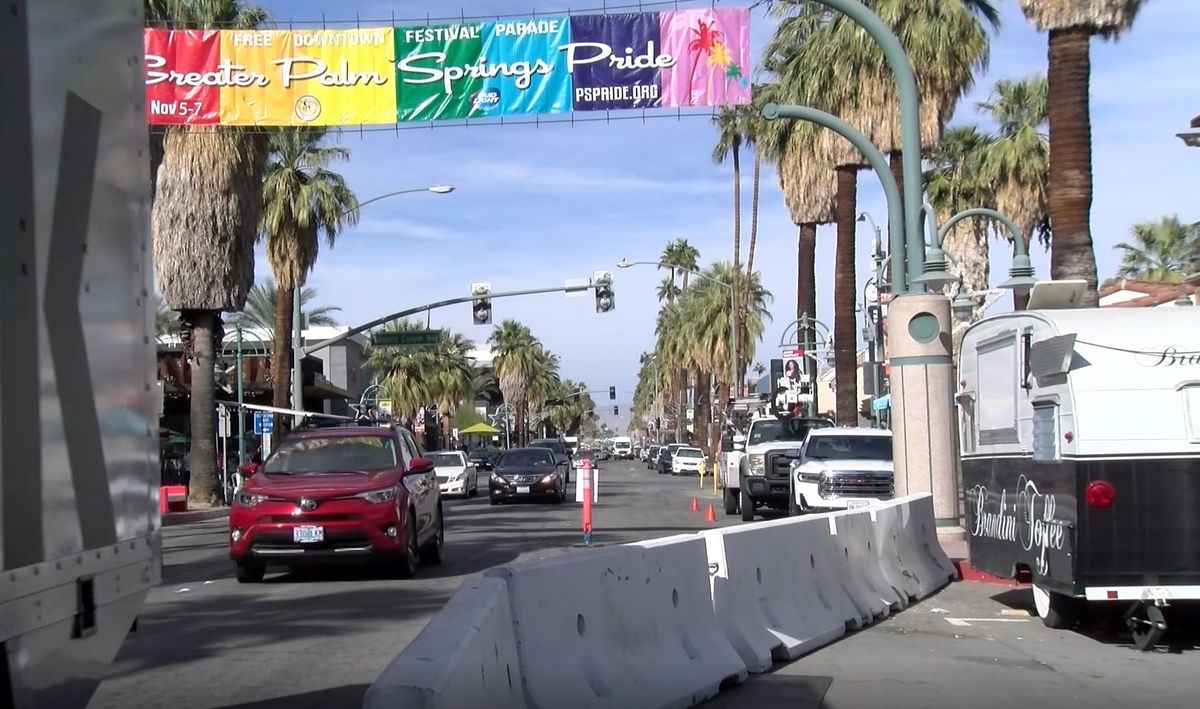
“If that’s working for everybody and they still feel safe that way, I’m for it,” said Lura Bailey of Carlsbad.
"The cars going by so close. Do you ever get concerned about your safety?" I asked. "No, not ever."
David Atkisson, Palm springs
Jeff Stahl said, “The cars going by so close-- Do you ever get concerned about your safety?” “No, not ever,” replied David Atkisson of Palm Springs.
Another diner, Michele Amon of Temecula added, “Usually there’s pylons and markers, and people are very aware and they go slow.”
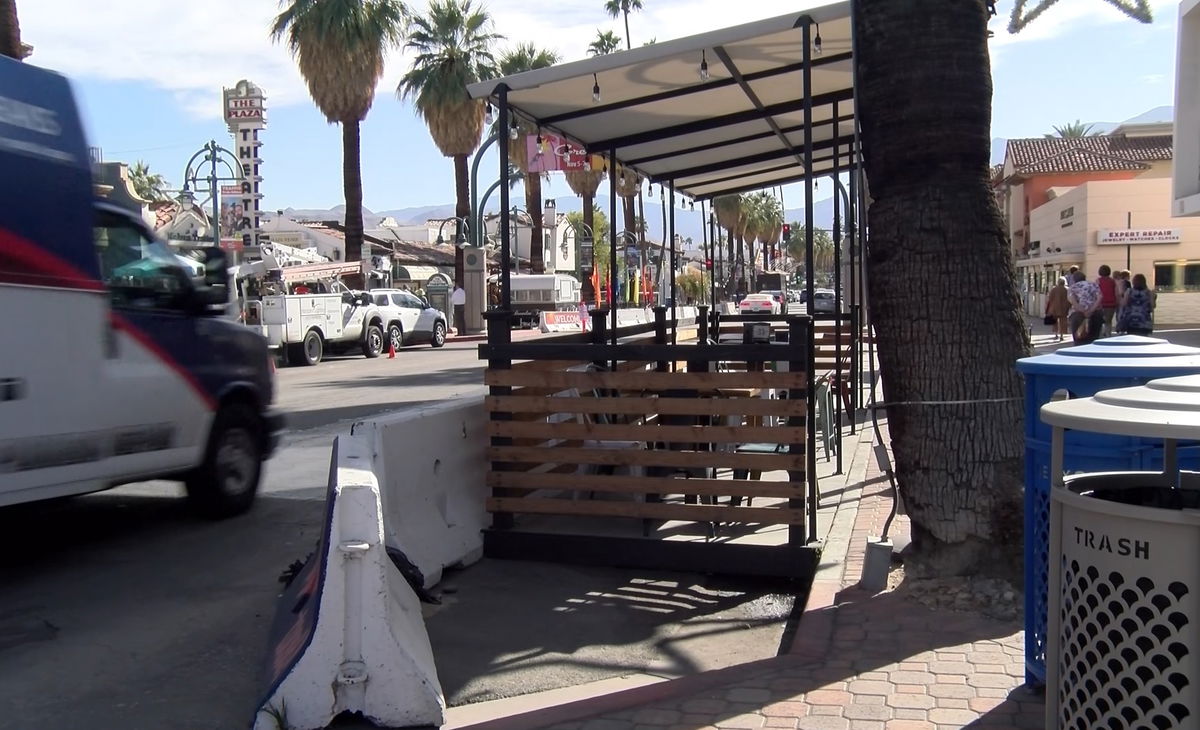
Parklets have allowed eateries to stay in business while giving you and me outdoor dining options. They line Palm Desert’s El Paseo and Palm Canyon in downtown Palm Springs. Last month, Governor Gavin Newsom signed a bill saying on Twitter "It's official. Parklets ... are here to stay!" It’s an announcement celebrated by restaurant owners.
But tragedies can happen like this crash last October in San Jose. “When he started plowing into all these people and we heard people screaming,” said a witness Buck Suggs.
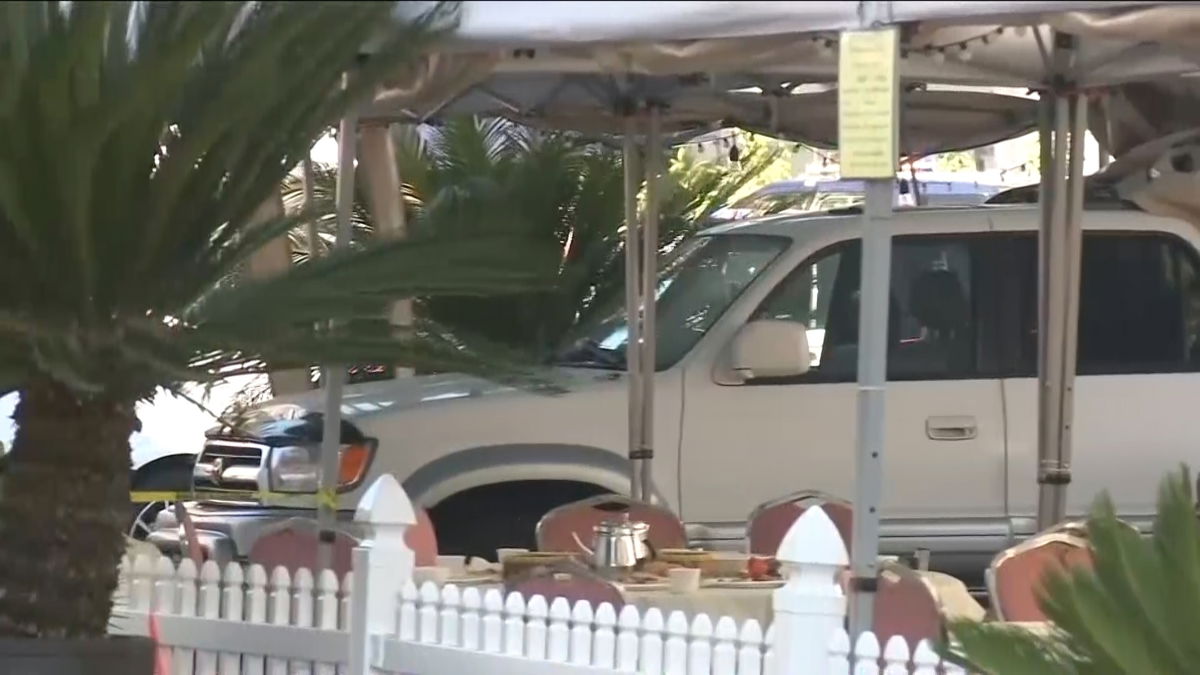
An out-of-control driver ran right into an outdoor dining area during the lunchtime rush. Eight people were hurt. Suggs added, "That's a good example of being dangerous because there's no barricade to protect the people. Anybody can come along and run and run, run, run, run, run right into everybody.“

Seven people were hurt in this New York City crash in March. A surveillance video showed debris spreading across the roadway. In May, another person was rushed to the hospital after a car crashed into an outdoor dining area in Philadelphia.
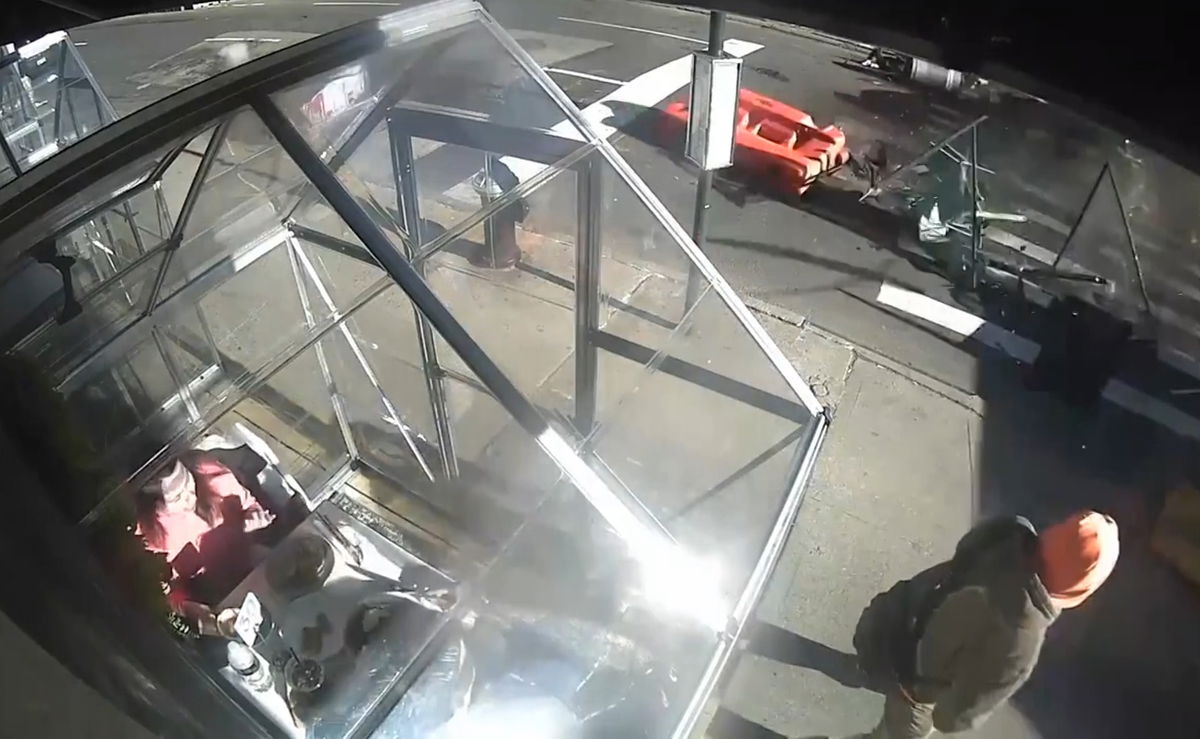
As we found out, there are some generally accepted standards for what makes a safe and sightly dining deck. We checked with the National Association of City Transportation Officials, also known as NACTO. It’s an association of 91 major North American cities and transit agencies whose guidelines say a good parklet should have:
- A wheel stop at least four feet away-- to stop a rolling car.
- Vertical elements-- to make it visible to traffic.
- It should be at least 6 feet wide (or the width of the parking lane).
- And it should have an open guardrail to define the space capable of withstanding at least 200 lbs. of horizontal force.
- Parklets should also avoid corners by at least the length of a parking spot, and be flush with the curb to avoid trip hazards.
“When we were in Mexico City earlier this year, all we had protecting us was a little bush," said Erica Lichtsinn from Arizona adding, "You’re a little leery, but great food so why not!”
You could describe the ones we found in Palm Desert and Palm Springs as “The Good, the Bad, and the Ugly.” Many were missing important NACTO safety measures. That would include sand or water-filled traffic barriers, wheel stops, and safety reflectors. One had nothing to stop a car but a small wooden railing.
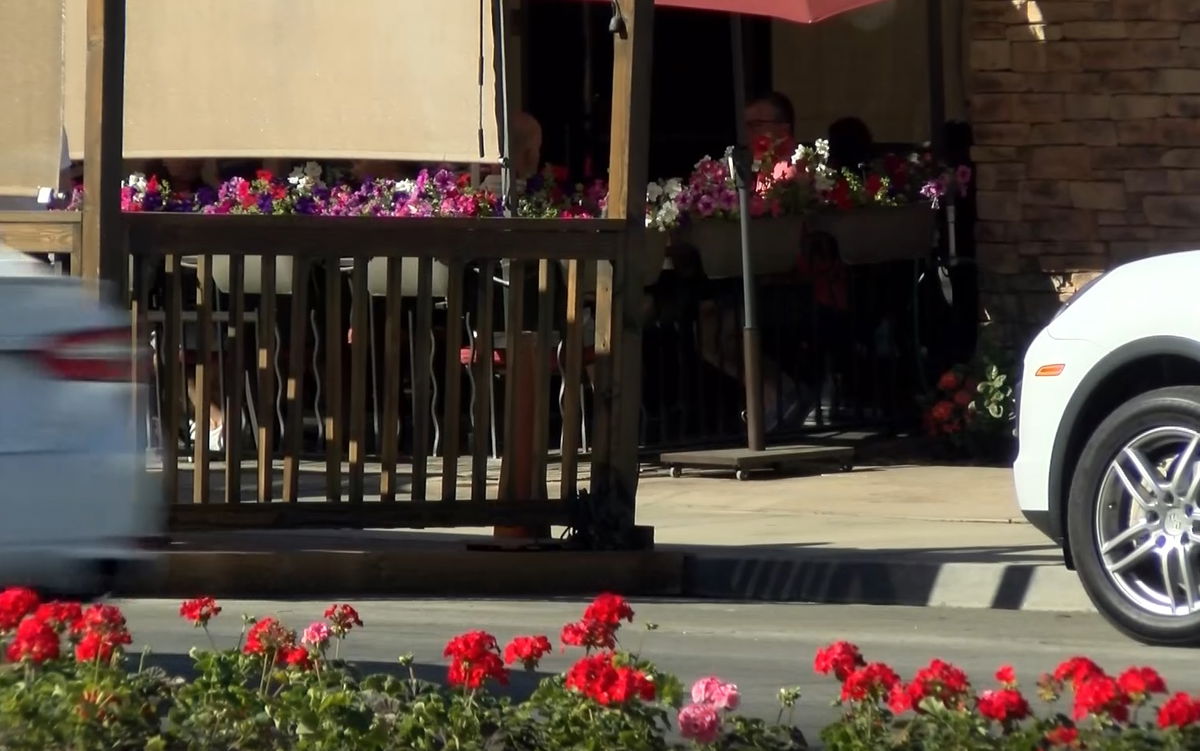
In Palm Springs, 11 parklets are currently tucked behind heavy concrete barricades. But again, many are missing wheel stops, and with floors not level with the sidewalk. Several restaurants have removed their pandemic parklets. Three dining deck applications have been submitted and are currently in review. Four other restaurants have applications that are still being prepared. The city’s deadline is January 1st or restaurants must remove them.
“The mistakes we made when it comes to parklets over the past year were all very well-intentioned," said Mayor Pro Tem, Lisa Middleton. "But they all resulted from trying to move too quickly." Middleton and other councilmembers said their major immediate concern is addressing parklets infringing upon neighboring businesses without consent.
In Palm Desert, of the 30 deck applications received, 11 are now gone. 19 others are either approved or still working to win city approval.
"Hopefully it's going to be a permanent thing," said Joseph Morano from Kitchen 86 + Bar in Palm Desert. Morano had one of the better parklets we found in the city.
"We get calls every day. People want to sit outside. Fortunately, where we are here, we are lucky to sit outside the whole year."
Joseph morano, kitchen 86 + bar
"We get calls every day. People want to sit outside," Morano said. "Fortunately, where we are here, we are lucky to sit outside the whole year. "Morano says the city has been good to work with, even offering $5,000 grants to help businesses improve their parklets.
“These restaurants are helping us realize our vision for the city," said Sabby Jonathan, Palm Desert City Council Member. "Jonathan added, "It’s something we want, and they’re our partner in that.”
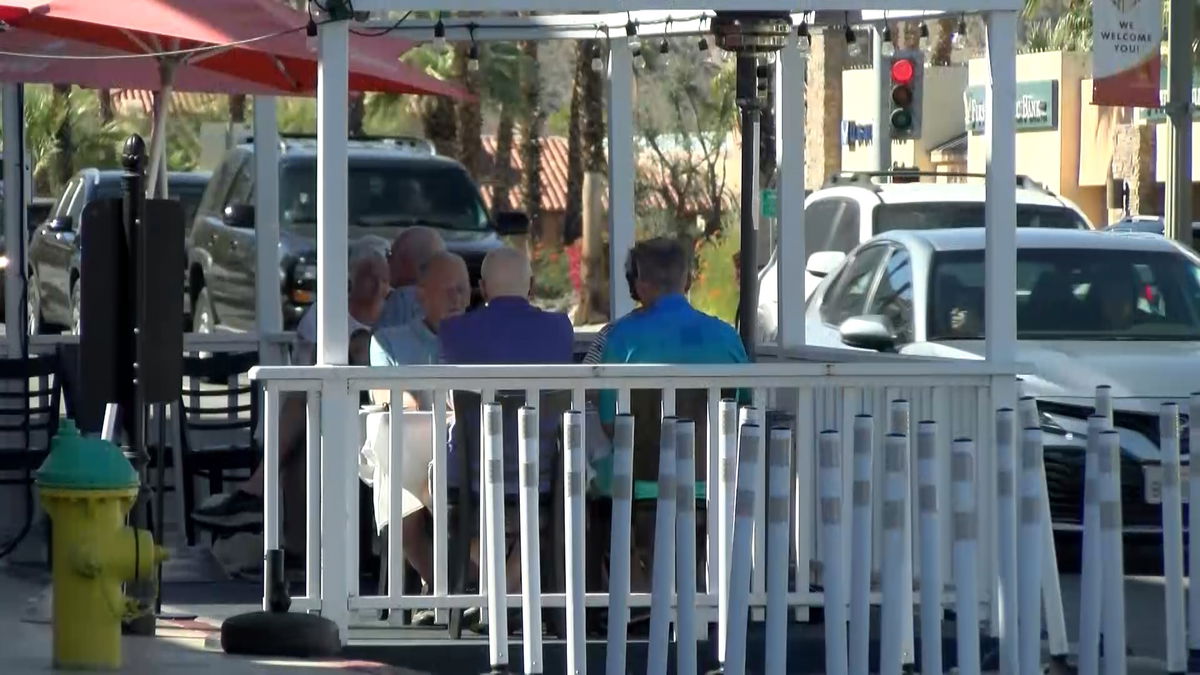
The city’s parklets are only allowed along streets with low-speed limits, adequate parking lanes, and away from corners. They must have concrete or other sizable barriers capable of withstanding 250 pounds of side force, reflective white tape for visibility, and wheel stops. But there are liabilities the city says must be addressed.
"We've been put on notice with the risk management carriers we have concerns about some of the dining decks that are within the city's right-of-way."
Todd hideman, palm desert city attorney
“We’ve been put on notice with the risk management carriers we have concerns about some of the dining decks that are within the city’s right-of-way,” said Palm Desert City Attorney, Todd Hideman.
For now, the city council voted to give businesses more time to meet the requirements as long as they’re making a good-faith effort and has created $5,000 dollar grants to help businesses meet the city’s rules.
You can read that planner’s guidelines for good parklets right now at KESQ dot com. Also-- statements from both Palm Springs and Palm Desert about what they’re doing to make these dining decks as safe as they can be, and perhaps permanent.
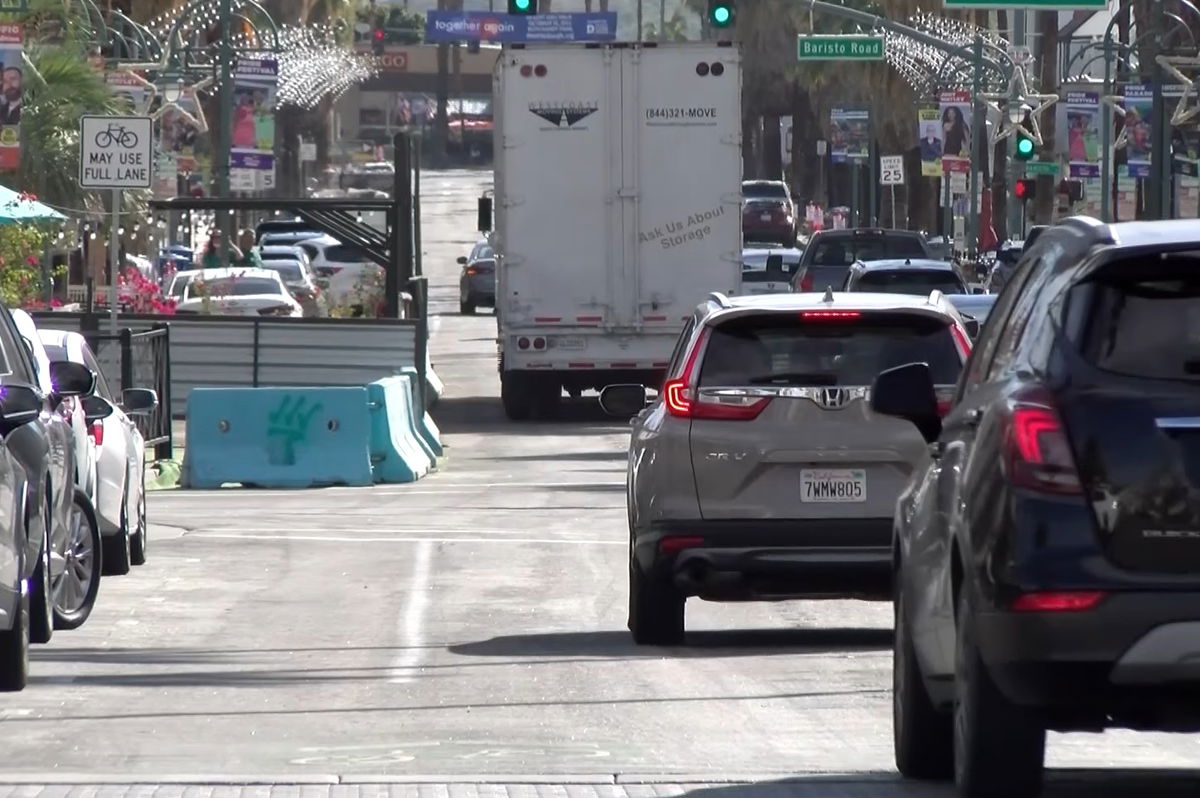
City of Palm Springs statement on parklets:
"The City Council adopted new guidelines for parklets on September 9, 2021. Existing parklets may be continued through January 1, 2022; any parklet owner wishing to continue the use in 2022 will need to file a new Land Use Permit and will be subject to the new guidelines. The new Land Use Permits will be valid through December of 2022. In addition, parklet rental fees were implemented starting November 1st. While several parklet owners have discontinued operations and removed their parklet, others are proceeding with filing new Land Use Permit applications (two parklets are scheduled for review by the Architectural Review Committee on Monday, November 15th – the agenda for the meeting is posted online on the City website). Any parklet owner that does not receive approval of a new Land Use Permit by January 1st will need to remove their parklet and discontinue the use." Flinn Fagg, AICP- Development Services Director
City of Palm Desert statement on parklets:
"In response to the closure of restaurants due to the COVID-19 Pandemic, the City issued 30 Temporary Use Permits (TUPs) in 2020 to install Americans with Disabilities Act (ADA)-compliant dining decks on the City’s right of way and private parking lots. These TUPs were originally set to expire on June 30, 2021.
On June 24, 2021, the City Council extended the TUP approvals for one year (until June 30, 2022), subject to timely compliance with new dining deck design and safety guidelines. On July 27, 2021, the Architectural Review Commission formally adopted the approved Outdoor Dining Deck Design Guidelines (linked and attached) outlining the requirements, which include safety barrier and design guidelines.
The newly submitted dining deck designs include the required safety barriers, while incorporating decorative planters, railings, and screening of water-filled barriers with decorative materials that meet the 250-pound safety minimum. The City continues to work with applicants to ensure compliance with the dining deck requirements are met.
Here is the status of the 30 original TUP dining deck applications:
6 Approved Temporary Use Permits
4 Temporary Use Permit Applications Under Review
9 restaurants are working on submittals
11 restaurants have removed the dining decks
If you’re looking for some successful and innovative examples of revised dining decks, I’d recommend talking with Ristorante Mamma Gina, Pizza Vino and Il Corso." Thomas Soule- Public Affairs Manager
